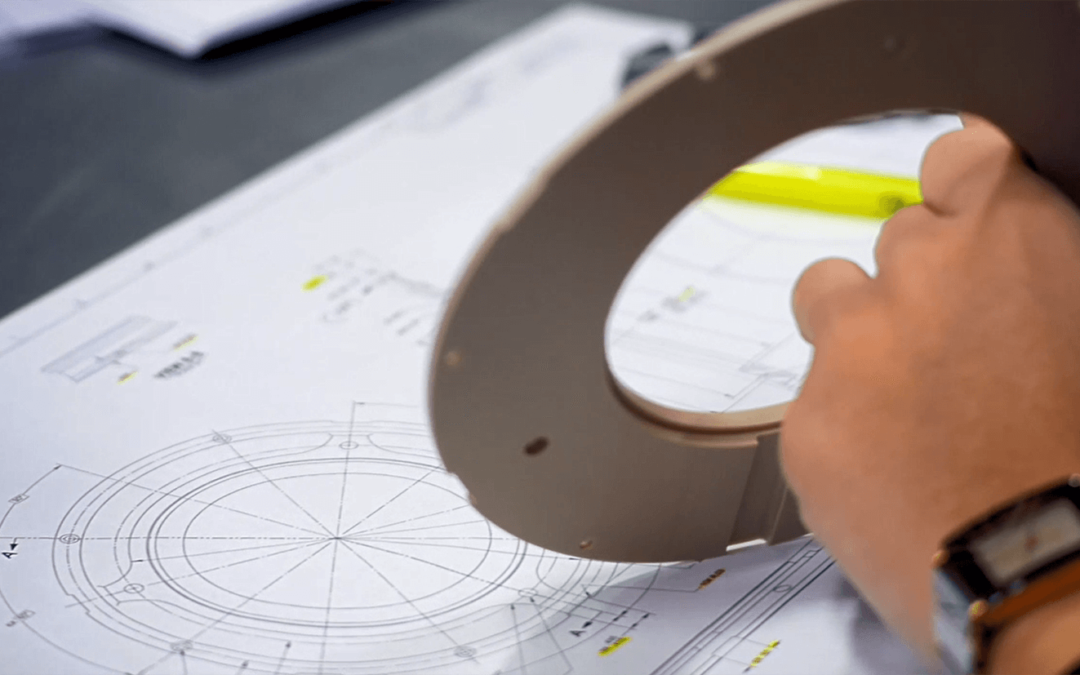First and foremost, not every plastic component requires the strictest of tolerances. Contrary to popular belief, companies often spend more than necessary in order to achieve the tight tolerance features, even when the feature isn’t critical. When this happens, our Application Development team works with our clients to determine a more cost-effective solution.
However, there are mission critical parts with features that require the highest degree of precision and expertise. Manufacturing repeatable, precision tolerance features is our core competency at Roncelli Plastics. Regardless of whether the critical feature is designed for aerospace, medical, or semiconductor applications, we have the capabilities, processes and experience to continually meet our partners growing demands for precision manufactured parts and components.
But when are close tolerances critical? Usually precise tolerances are required when manufacturing complex part designs. Parts working with a mating part to create a sub-assembly or an assembly must hold precise tolerances in order to avoid potential fit issues from the stacked tolerances on the mating part. Every must be able to attach to it’s mate without any leakage or failure.
Fluidic manifolds are a great example of an Engineered Thermoplastic component with critical features that must achieve precise tolerances. For instance, if the port holes, channels, or critical features within aren’t within the specified tolerance range (say +/-.001” for example), the manifold will not transfer the correct measurements and thus be defective.
At Roncelli Plastics, we utilize our entire portfolio of manufacturing capabilities and production methods to determine the optimal operation for achieving precise tolerances in a most cost-effective manner. We work closely with our customers to ensure every critical feature is achievable given the design. Through prompt and transparent communication with our customers, our team can quickly address any design features that could affect the overall manufacturability of the component to collectively develop a solution.

